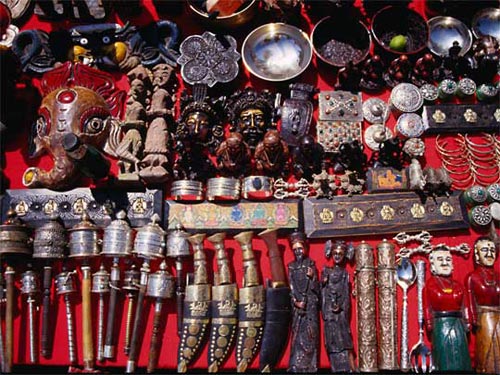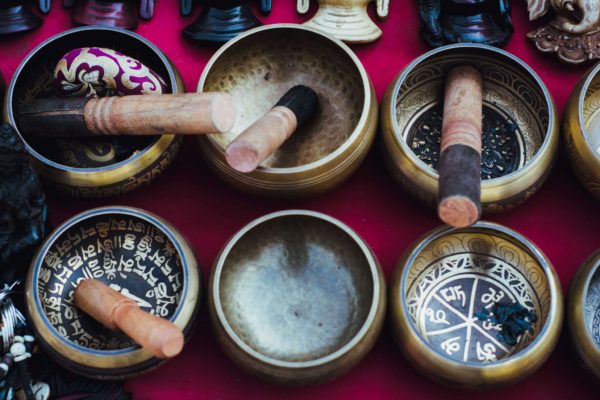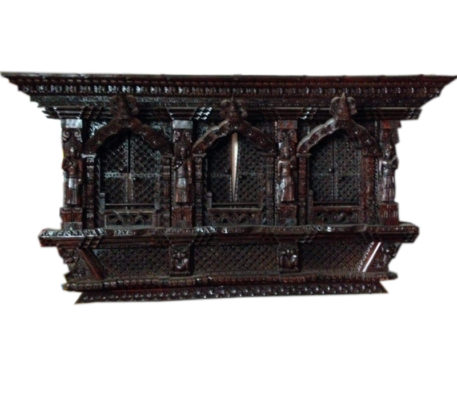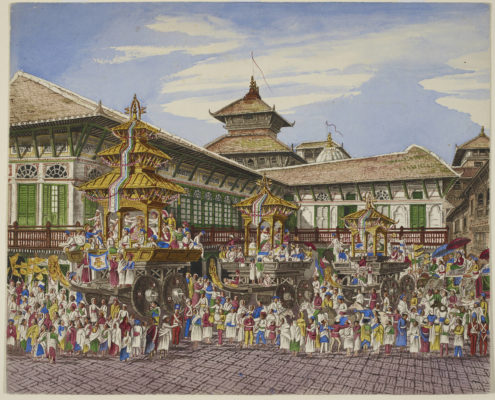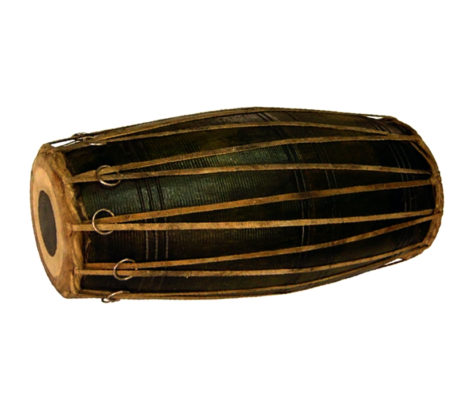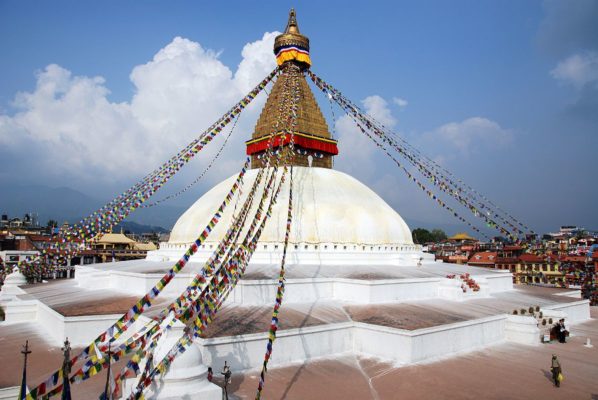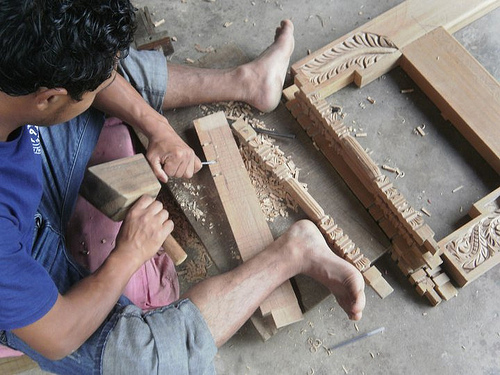WoodCrafts | History of Wooden Crafts in Nepal
History of WoodCrafts in Nepal
Whenever I see the manifestation of all the Hindu gods and Goddess, buddha and deities in the wood crafts, I make up my own assumptions of their creation. I believe that an artist wanted to express his imagination of the divine being into something tangible so that his fellow species could revere the faith instilled in that being. It may sound rather poetic.
But if we trace down the history of the wooden crafts, the oldest evidence goes back Bavarians and Scandinavia who prepared hunting gears, coffin and animals out of wood.

